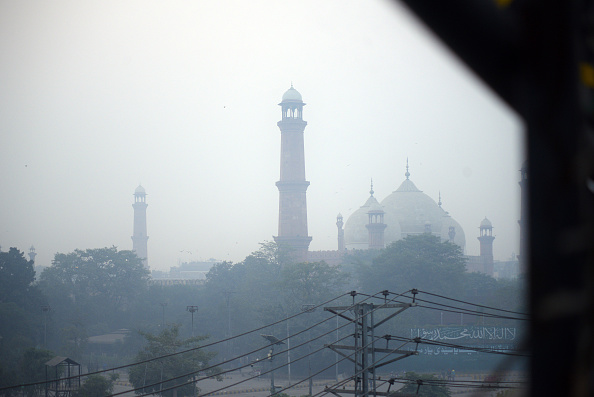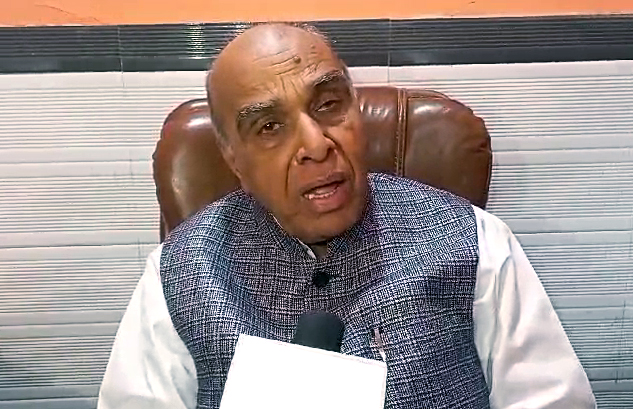Thick smog has severely impaired visibility and air quality in Pakistan’s cities of Lahore and Multan, as pollution levels continue to rise to alarming levels. The Air Quality Index (AQI) in Multan skyrocketed to an unprecedented 1,914, making it one of the world’s most polluted cities, according to Swiss air quality monitor IQAir. Lahore followed closely with a reading of 760.
The extreme pollution has left authorities scrambling to implement anti-smog measures, but ineffective enforcement and a lack of public compliance have hampered their efforts. Many residents remain unmasked despite the health hazards, while schools and businesses are urged to take precautions amid the worsening air quality.
In Lahore, visibility is critically low, forcing the closure of several key roads for a second consecutive day. Motorways have been blocked at various points, and the thick haze contributed to a serious accident near Kalashah Kako on GT Road, where nine people were injured after a van collided with a parked truck.
Responding to the crisis, the Lahore High Court has ordered all markets and trade centers to close on Sundays, with an 8 p.m. curfew for other days, in an attempt to reduce vehicular emissions. The Punjab state government has further tightened restrictions by closing public parks and museums until at least November 17 to curb outdoor activities and reduce smog exposure.
On Friday, Multan’s AQI surpassed 2,000 in the early morning hours, creating an apocalyptic scene across the city. According to IQAir, PM2.5 levels—dangerously fine particulate matter harmful to respiratory health—were recorded at 947 micrograms per cubic meter, a staggering 189 times higher than the World Health Organization’s safe limit of five micrograms per cubic meter.
(Inputs from ANI)




















